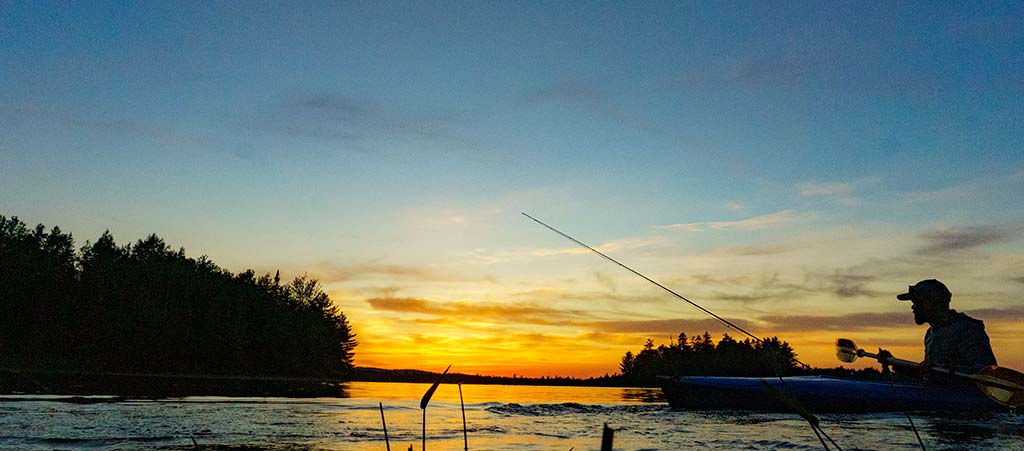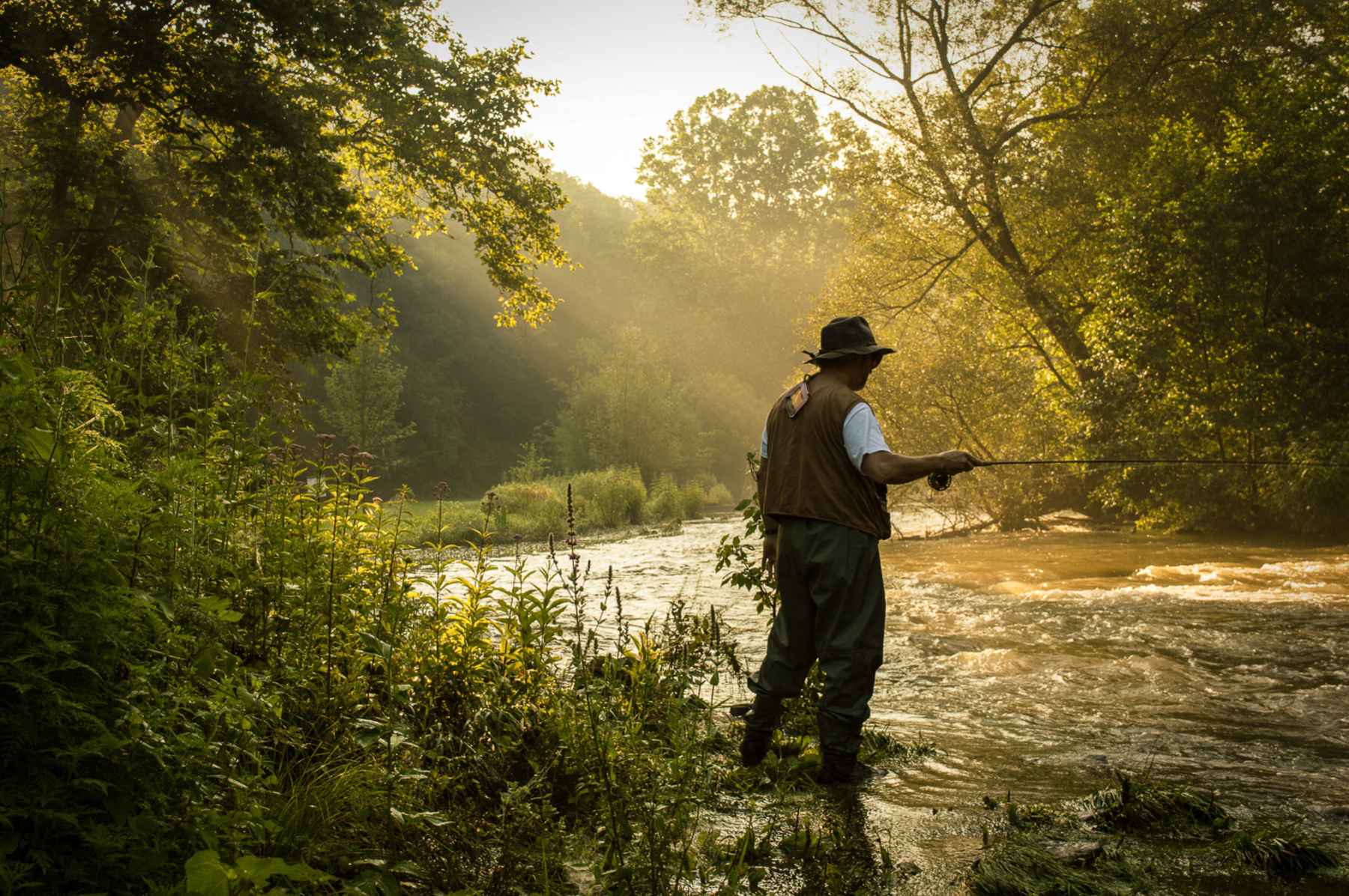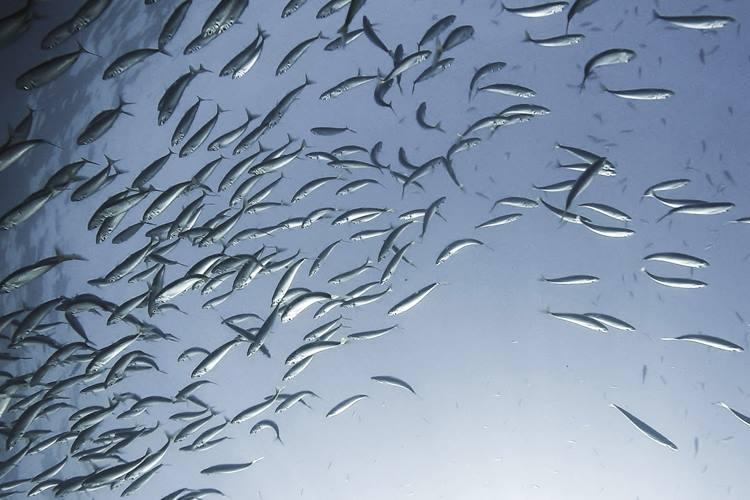Northern pike are one of the most sought-after freshwater game fish in North America. Known for their aggressive nature and impressive size, pike provide an exciting challenge for anglers. Understanding the ideal conditions for Northern pike fishing can significantly increase your chances of a successful catch.
Water Temperature
Northern pike thrive in cooler water temperatures, typically ranging from 50-70°F (10-21°C). This temperature range is optimal for their metabolic activity and feeding behavior. When water temperatures rise above 70°F (21°C), pike tend to become less active and retreat to deeper, cooler waters. Conversely, when temperatures drop below 50°F (10°C), their feeding activity slows down. Therefore, targeting pike during their preferred temperature range is crucial for success.
Time of Day
The best times to fish for Northern pike are during the early morning and late evening hours. These periods of low light encourage pike to venture into shallower waters to hunt for prey. The reduced light levels make it easier for them to ambush unsuspecting prey, making dawn and dusk prime times for pike fishing. Midday, especially on sunny days, tends to be less productive as pike retreat to deeper, shaded areas.

Seasonal Patterns
Spring and fall are the best seasons for Northern pike fishing. In the spring, as water temperatures rise, pike move into shallow bays and river mouths to spawn. This period is characterized by aggressive feeding as they recover from the winter and prepare for spawning. Fall, on the other hand, sees pike feeding heavily to build up energy reserves for the winter. During these seasons, pike are more likely to be found in shallower waters, making them more accessible to anglers.
Weather Conditions
Overcast days with mild wind conditions are ideal for Northern pike fishing. Cloudy skies reduce light penetration, encouraging pike to move closer to the surface and into shallower waters to feed. A slight breeze can also create a ripple effect on the water, making it harder for pike to see anglers and increasing the likelihood of a strike. Conversely, bright, sunny days tend to push pike into deeper, cooler waters where they are less active.

Water Clarity and Habitat
Water clarity plays a significant role in Northern pike fishing. Moderately clear to slightly stained water is ideal as it offers enough visibility for pike to hunt while still providing some cover from predators and anglers. Northern pike are ambush predators, often found in weedy areas, shallow bays, and near structures such as fallen trees and rocky shorelines. These habitats offer cover and abundant prey, making them prime locations for pike fishing.
Depth and Location
The optimal fishing depths for Northern pike range from 3 to 15 feet. During cooler months and low-light conditions, pike are often found in shallower waters. In warmer conditions or bright sunlight, they tend to move to deeper waters to stay cool. Key locations to target include weed lines, drop-offs, and transitional zones between deep and shallow water. These areas provide excellent ambush points for pike and are often teeming with baitfish.
Feeding Patterns
Northern pike are opportunistic feeders, preying on a variety of fish, amphibians, and even small mammals. Their diet includes perch, sunfish, and small bass, which are commonly found in their habitats. Identifying feeding areas is crucial for successful pike fishing. Look for signs of baitfish activity, such as schools of small fish or disturbances on the water’s surface. These areas are likely to attract pike, making them ideal spots to cast your line.

Understanding the ideal conditions for Northern pike fishing is essential for any angler looking to increase their chances of a successful catch. By focusing on optimal water temperatures, the right times of day, favorable seasons, and suitable weather conditions, you can significantly improve your pike fishing experience. Additionally, targeting the right water clarity, habitats, depths, and feeding areas will ensure you are fishing in the most productive locations. With these tips in mind, you are well-equipped to embark on your next Northern pike fishing adventure.

Robert Smith is the proud owner of Bait Barrels and Bows, a premier fishing sports store established in 1989. With over three decades of experience in the industry, Robert has honed his skills to become an expert angler, sharing his vast knowledge and passion for fishing with enthusiasts around the world. Through his store and writings, Robert provides invaluable tips and guidance, helping both novice and seasoned anglers improve their techniques and enjoy the sport to its fullest. His commitment to the fishing community is evident in his dedication to quality products and excellent customer service.

